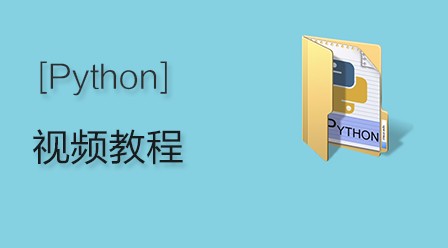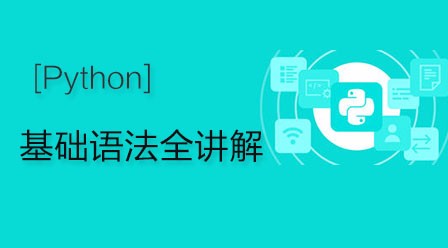
Python内存中的读取与写入
1、内存中的读写-StirngIO
StirngIO顾名思义就是在内存中读写str字符串
sio.write(str)
功能:将字符串写入sio对象中。
sio.getvalue()
功能:获取写入的内容
from io import StringIO#
sio = StringIO()
sio.write("hello")
sio.write("good")
print(sio.getvalue())
#结果:hellogoodsio2.read()
功能:一次性读取所有的sio对象中的内容
from io import StringIO#
sio2 = StringIO("hello jerry!!!")
print(sio2.read())
#结果:hello jerry!!!2、在内存中读取二进制字符串-BytesIO
StringIO操作的只能是str,如果要操作二进制数据,就需要使用BytesIO,BytesIO实现了在内存中读写bytes。
与StringIO操作类似,但是注意要进行编码写入bytes
from io import BytesIO
f = BytesIO()
f.write("中文".encode('utf-8'))#写入的不是str,而是经过UTF-8编码的bytes
print(f.getvalue())#未解码
print(f.getvalue().decode("utf-8"))#解码
#结果
#未解码:b'\xe4\xb8\xad\xe6\x96\x87'
#解码:中文from io import BytesIO
bio2 = BytesIO("中国红".encode("utf-8"))
print(bio2.read().decode("utf-8"))
#结果:中国红更多学习内容,请点击Python学习网!










